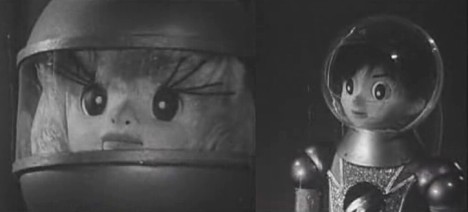
Asia's oldest "modern" robot, an 80-year-old golden-skinned humanoid from Osaka, has been brought back to life thanks to a project organized by the Osaka Science Museum. Gakutensoku, a 3.2 meter (10 ft 6 in) tall automaton powered by compressed air, can tilt its head, move its eyes, smile, and puff up its cheeks and chest as instructed -- just as the original did 80 years ago -- thanks to a 20-million-yen ($200,000) computer-controlled pneumatic servo system that replicates the movement of the original system of inflatable rubber tubes. (Watch the video.)
Built in 1928 by biologist Makoto Nishimura, Gakutensoku was first exhibited in Kyoto as part of the formal celebration of the Showa Emperor's ascension to the throne. The robot traveled to a number of expos and wowed onlookers with its mad calligraphy skills before going missing in Germany. Now, decades later, Gakutensoku (or at least a modern version of it) is finally coming home to Osaka.

The reanimated Gakutensoku will star as the main attraction at the newly renovated Osaka Science Museum beginning July 18.
[Source: Asahi]








